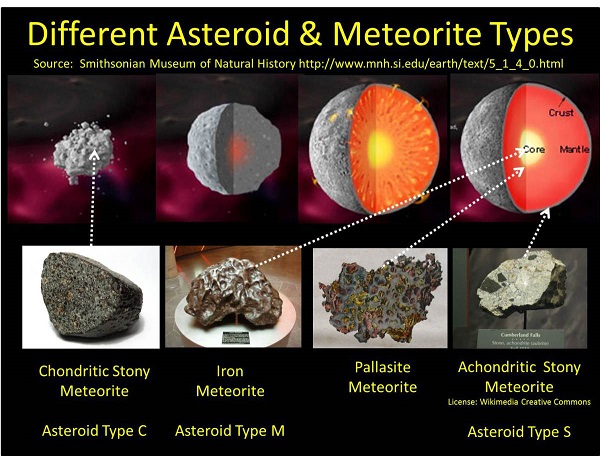There are 3 743 known comets and 1 113 527 known asteroids

There are 3,743 known comets and 1,113,527 known asteroids.
Comets and asteroids are fascinating celestial bodies that have captivated the attention of scientists and skywatchers for centuries. The Solar System is home to a vast number of these objects, with thousands of comets and over a million asteroids identified and studied by astronomers. These numbers, 3,743 known comets and 1,113,527 known asteroids, represent only a fraction of the total population of these intriguing objects.
To understand the significance of these numbers, it is important to first differentiate between comets and asteroids. Comets are often described as “dirty snowballs” composed primarily of water ice, dust, and other organic compounds. They typically originate from the outer regions of the Solar System, such as the Kuiper Belt and the Oort Cloud, and are characterized by their glowing coma and distinctive tails when they approach the Sun. On the other hand, asteroids are rocky and metallic objects that can be found in various regions of the Solar System, most commonly in the asteroid belt between Mars and Jupiter.
The number of known comets, 3,743, may seem relatively small compared to asteroids, but it is important to note that comets are notoriously difficult to detect and observe. Most comets spend the majority of their lives in the distant regions of the Solar System, only venturing closer to the Sun and becoming visible as they approach their perihelion. Once a comet is detected, astronomers carefully monitor its trajectory and behavior to study its composition and evolution. Each new comet discovery provides valuable insights into the origins and evolution of our Solar System.
In contrast, the number of known asteroids, 1,113,527, is significantly higher due to their relatively easier detection. Astronomers have been able to identify and categorize a vast number of asteroids using ground-based telescopes as well as space-based observatories. Asteroids vary in size, shape, and composition, with some being as small as pebbles while others can be hundreds of kilometers in diameter. They are remnants from the early formation of the Solar System and hold valuable information about its history.
Studying comets and asteroids is not only of scientific interest but also has practical implications for the future of space exploration. Many asteroids are considered potential targets for future robotic or manned missions, as they could provide valuable resources such as water, metals, and other substances that could be used for fuel or building materials. Additionally, understanding the composition and behavior of comets is crucial for predicting and mitigating any potential threats posed by these objects to Earth.
For those interested in learning more about comets, asteroids, and other celestial objects, NASA’s website on “Asteroids, Comets, and Meteors” provides a wealth of information. By visiting the site, readers can delve deeper into the fascinating world of these extraordinary objects, exploring their characteristics, classifications, and significance in the context of our Solar System.
To visualize the diversity and complexity of comets and asteroids, we have included two images below:


Sources:
Related Posts
Quick Links
Legal Stuff

